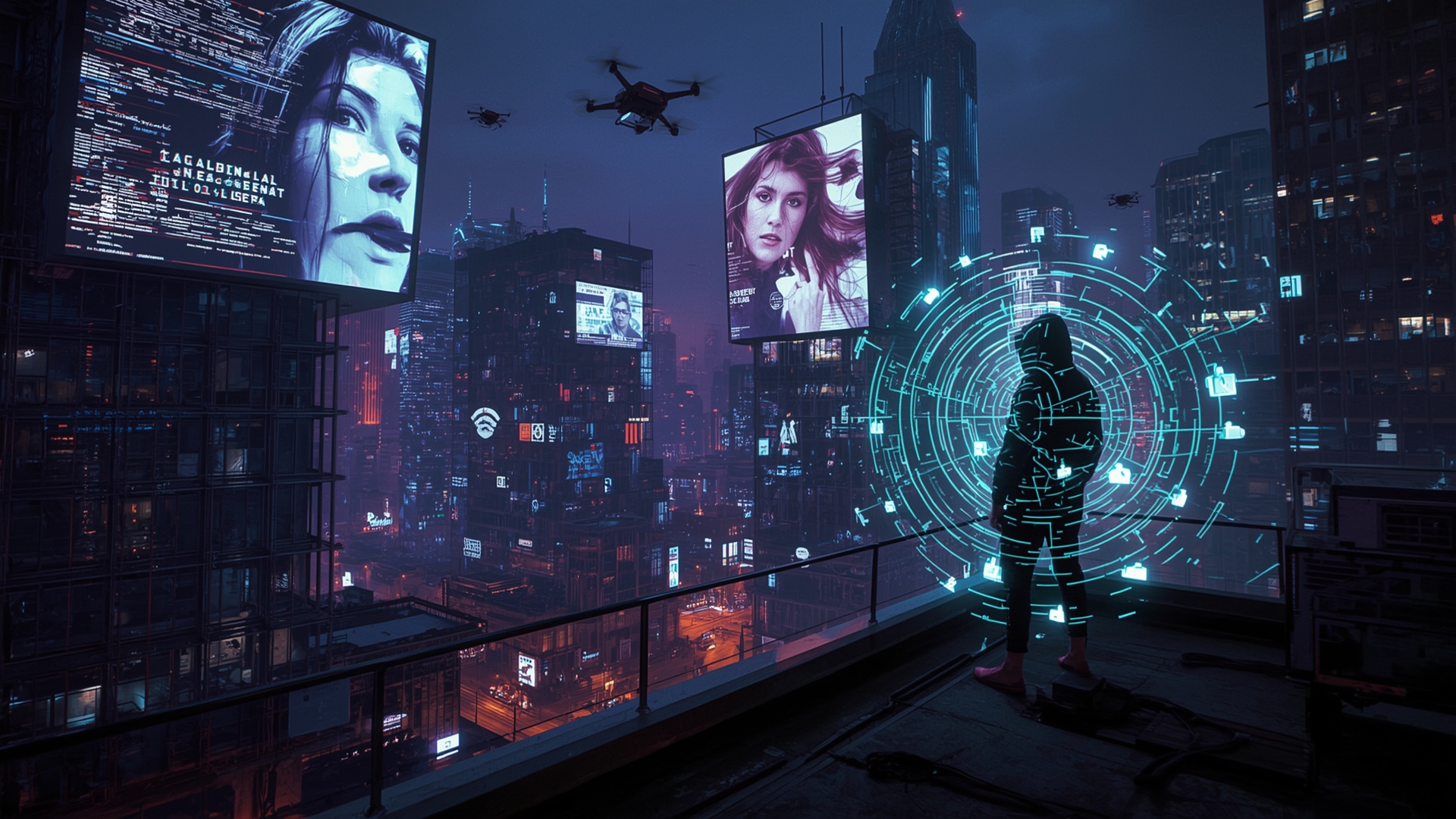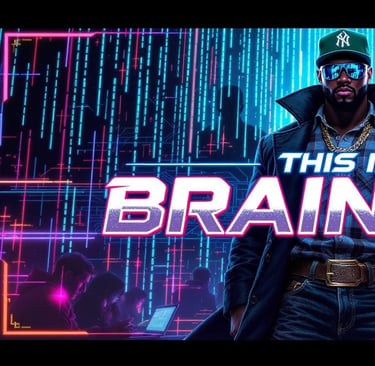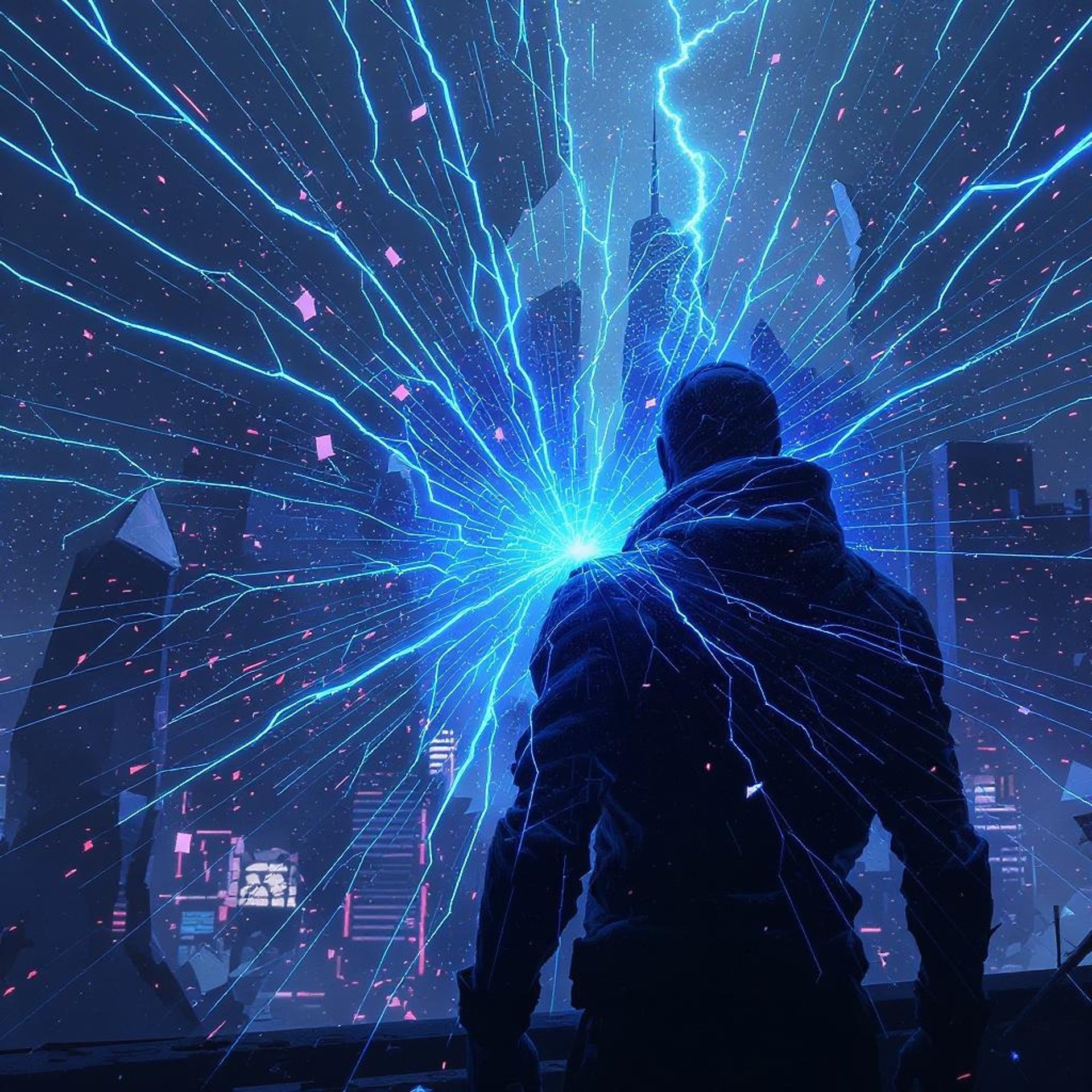
BRAIN ROT REVOLUTION: How to Spot, Survive, and Conquer the Digital Decay
Unlocking Focus and Freedom in an Era of Neurochemical Warfare. Discover what “brain rot” really is, why our attention spans are crumbling worldwide, and how algorithmic feeds hijack your mind. Packed with global data, regional comparisons, and proven resistance tools — this is your guide to reclaiming clarity and control.


WHAT IS BRAIN ROT?
it’s a growing cognitive crisis where short-form content, algorithmic dopamine loops, and endless micro-distractions deteriorate attention, memory, empathy, and long-term thinking. You don’t notice it happening — until you can’t finish a paragraph or sit in silence without anxiety.
What once sounded like internet slang is now a serious cognitive concern. “Brain rot” refers to how hyper‑edited feeds, deepfakes, and endless short‑form videos erode our ability to think deeply, remember, and empathize. According to a global survey, heavy social media users (5+ hours/day) are 33% more likely to suffer from attention fragmentation, with working memory efficiency dropping by 11% after prolonged exposure to rapid content streams.
THE SCIENCE OF DECAY: WHAT STUDIES REVEAL
Prospective Memory Impairment
A 2023 experiment (N=60) showed that participants using TikTok feeds saw significant drops in prospective memory—their ability to remember planned tasks—compared to those scrolling YouTube, Twitter, or doing nothing.
Structural Brain Changes
NeuroImage research found that short‑video addicts exhibit increased gray matter volume in the orbitofrontal cortex and cerebellum, regions tied to reward and emotional regulation. Functional scans also revealed hyperactivity in the dorsolateral prefrontal cortex and posterior cingulate—areas crucial for decision‑making and self‑reflection reddit.com.
Continuous Partial Attention
Coined in 1998, “continuous partial attention” describes our instinct to monitor every digital cue, sacrificing depth for breadth. Modern studies link it to lower working memory capacity, diminished creative thinking, and chronic stress
GLOBAL DATA: ATTENTION UNDER ATTACK
Average attention span has dropped from 12 minutes (in 2000) to under 8 seconds today, making it shorter than that of a goldfish.
Meanwhile, people watch over 70 billion short videos every day, many on auto-loop and optimized for maximum neurochemical stimulation.
You can explore differences across regions in daily short‑video use and average attention span. Notice how higher consumption correlates with shorter focus times.
(Interactive table and charts displayed below)
Asia leads with 3.0 hours/day of short‑video viewing and an average attention span of 6.5 seconds.
North America consumes 2.5 hours/day but endures one of the lowest spans at 5.9 seconds.]
Africa sees the lowest usage (1.5 hours/day) and retains the highest span (7.5 seconds).
This inverse relationship highlights how algorithm‑driven overload accelerates brain rot.
📉 Inverse correlation: more screen time → lower sustained focus.
(Source: Global Digital Behavior Index, 2024)
SCIENCE: HOW BRAIN ROT WORKS
🧪 Memory Disruption
A 2023 study found that TikTok users experienced up to 35% decrease in prospective memory — the ability to remember future tasks — compared to YouTube or offline users.
🧠 Brain Structure Alteration
Neuroimaging (NeuroImage Journal, 2024) showed gray matter changes in reward-related brain regions and hyperactivation of prefrontal areas, indicating overstimulation and cognitive fatigue.
⚡ Continuous Partial Attention
Coined by Linda Stone, this condition describes the modern tendency to monitor everything and focus on nothing. It causes:
Reduced working memory
Increased cortisol (stress hormone)
Emotional detachment from long-form thought
👥 HUMAN STORIES: REAL LIVES, REAL ROT
Maria, 29 (Brazil): “I couldn’t finish a book. Even talking to friends became exhausting.”
João, 35 (Portugal): “I kept hearing phantom notifications during meetings. I wasn’t present in my own life.”
Rita, 22 (Spain): After limiting screen time by 50%, her GPA rose by 0.4 points in just one week.
📊 A UK study revealed that 1 in 10 adults prefer doomscrolling to intimacy, and spend 96 minutes/day on negative content. Result?
28% felt constant fatigue
22% reported anxiety symptoms
(Source: The Sun, 2024)
🔮 THE FUTURE OF ATTENTION
🧠 Digital Focus Quotient (DFQ)
Stanford is developing a metric to measure how long a person can maintain focus under digital conditions — a modern IQ for attention.
🧢 Neuro Wearables
Companies like Cognifit and Muse are testing devices that monitor attention drops in real-time, sending alerts when you're zoning out — useful for students, developers, even gamers.
🕹️ Tools Like “Brain Rot Blaster”
This mini-game from OnePlus penalizes screen overuse and rewards intentional interaction. Its success inspired dozens of apps aimed at screen shame reduction and focus recovery.
⚠️ CONSEQUENCES OF IGNORING IT
Cognitive Overload (Popcorn Brain): Constant jump-cut exposure trains your brain to expect stimulation every few seconds.
Emotional Flatness: Less ability to feel empathy or tolerate silence.
Learning Resistance: Students exposed to multitasking digital environments scored lower on comprehension tests by 12–18% (University of Chicago, 2024).
Mental Health Deterioration: Meta-analysis from over 10,000 users showed a 29% reduction in depressive symptoms after just two weeks of digital detox.
🧘♂️ YOUR RESISTANCE TOOLKIT (BACKED BY SCIENCE)
Digital Fasting
Designate “screen-free zones” at home.
Block feeds during focus hours.
Dopamine Reset
Take a weekly “dopamine fast”: no screens, no scrolling — just walking, silence, and reflection.
Mindful Meditation
Just 10 minutes/day rebuilds the prefrontal cortex and improves emotional regulation.
Curated Consumption
Replace feeds with podcasts, books, newsletters.
Use RSS to build a custom knowledge diet.
Deep Social Reconnection
Face-to-face time strengthens oxytocin flow and real emotional intelligence.
Group storytelling and journaling have been proven to restore narrative depth in thinking.
WELCOME TO THE RESISTANCE
You’re not broken.
You’ve been over-fed, over-stimulated, and under-protected.
But now you know. Now you see the system.
And now you can choose.
✅ Reclaim your time.
✅ Rebuild your mind.
✅ Join the Brain Rot Revolution.

